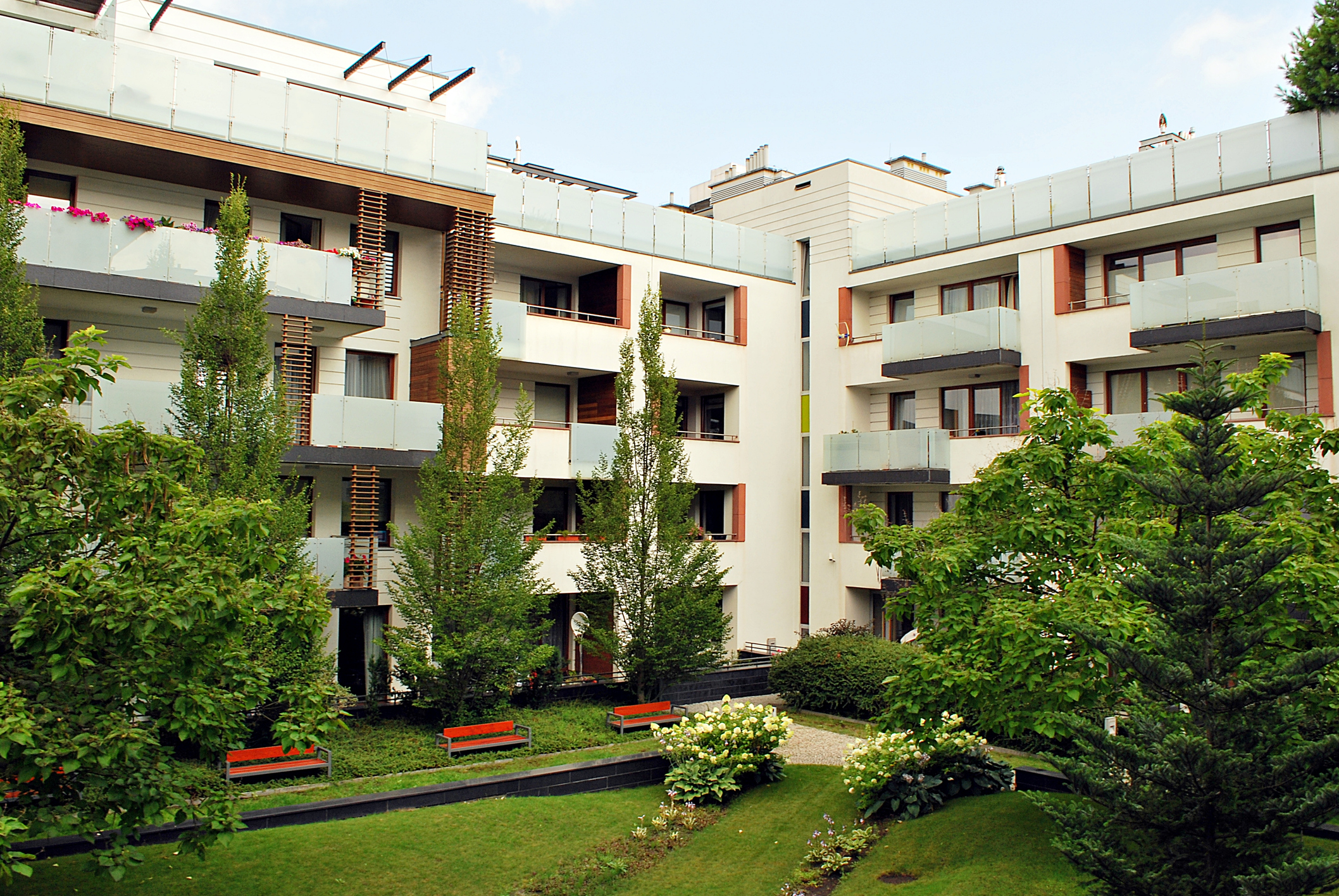Seasonal pruning schedules to boost plant resilience in urban plots
Seasonal pruning strengthens plants in urban plots by aligning cuts with growth cycles, reducing disease risk, and improving water efficiency. This article outlines practical schedules and complementary practices that support soil health, encourage pollinators, and make balcony and small-space planting more resilient.

Pruning timed to seasonal patterns gives urban gardeners a practical tool for improving plant resilience. In tight spaces and containers, well-timed cuts reduce pest and disease pressure, help plants allocate resources more effectively, and make irrigation more efficient. A seasonal schedule tailored to plant type—trees, shrubs, perennials, and native plants—also helps preserve flowering windows for pollinators and supports long-term soil health through coordinated composting and mulching.
How does pruning fit landscaping plans?
Pruning belongs in a broader landscaping plan that considers form, function, and maintenance frequency. Used strategically, pruning maintains desired shapes and sightlines, controls canopy density, and limits shading that may affect understory plants. Scheduling minor trims frequently prevents the need for large corrective cuts that stress plants. When you design beds or container layouts, plan pruning access, composting space for trimmings, and how mulching and irrigation zones will be affected after cuts.
When to prune perennials and native plants?
Perennials often have clear pruning windows: many benefit from cutting back dead material in late winter or early spring to make way for fresh growth. Some native plants bloom on old wood and should be pruned after flowering so you do not remove next season’s buds. Identify each species’ bloom habit and adapt timing accordingly. In urban settings, delaying some pruning provides shelter for overwintering insects; stage structural pruning to dormant seasons while leaving habitat elements intact where feasible.
Can pruning aid soil health and composting outcomes?
Pruned material can be a valuable resource when added to compost, but managing types of trimmings matters. Woody stems decompose slowly and may be shredded before composting, while soft green trimmings add nitrogen and speed up microbial activity. Avoid composting diseased material; dispose of it according to local guidelines. Finished compost applied to beds improves soil structure and nutrient cycling, and using pruned biomass locally reduces waste and supports on-site soil health.
What pruning supports pollinators?
To support pollinators, avoid removing all flower heads at once and be mindful of bloom timing. Staggered, selective pruning prolongs flowering periods and ensures nectar and pollen sources are available through the season. Retain some seed heads or stems that provide habitat for bees and beneficial insects. Prioritize native plants with staggered bloom times and prune them in ways that preserve at least part of the floral display to sustain pollinator populations in compact urban plots.
Pruning for balcony and vertical planting
Plants in containers and vertical planting systems need lighter, more frequent pruning because limited root zones restrict recovery. Remove leggy growth and spent blooms to promote compactness and airflow, which reduces disease risk. For climbers in vertical setups, prune to train stems along supports and prevent overcrowding on trellises. Smaller, consistent cuts help manage water demand—well-pruned container plants typically have lower transpiration stress and respond better to targeted irrigation.
Pruning to boost drought resilience, mulching, and irrigation
Pruning reduces leaf area and can lower water demand during dry periods, aiding drought resilience when paired with mulching and precise irrigation. After major pruning, reassess irrigation schedules because reduced foliage often means less frequent watering is needed. Apply mulch after pruning to conserve moisture, moderate soil temperature, and suppress weeds. Combine deep, structural pruning in dormant seasons with surface mulching and targeted irrigation to promote root depth and long-term drought tolerance.
Conclusion A seasonal pruning schedule that considers species habits, space constraints, and ecosystem benefits strengthens urban plantings. Coordinating pruning with composting, mulching, and irrigation supports soil health and pollinators while improving drought resilience. Regular, informed pruning tailored to balconies, containers, and small yards helps plants thrive in urban environments with minimal heavy intervention.





